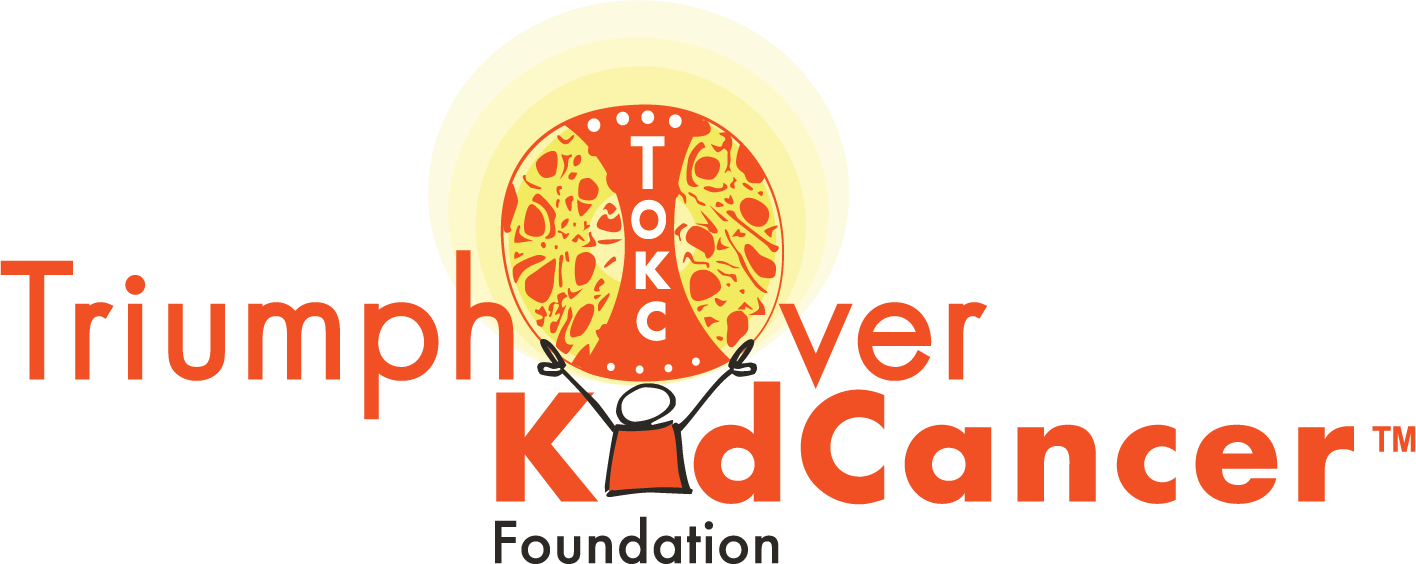Houston Chronicle Acknowledges Founders Efforts
Rice Student with Cancer Pushes for More
By the time he was 16, James Ragan knew that the five-year survival rates of children diagnosed with a rare bone cancer that afflicted him are less than 20 percent.
He knew that the rarity of the cancer, like most of those affecting adolescents, provides little profit motive for drug companies looking for big returns on their investments. As a result, treatment for most pediatric cancers has hardly changed over the last 40 years.
“By the time I was 17,” says Ragan, “I had learned that the answer that there just wasn’t enough profit in it to make finding a cure for us worthwhile wasn’t good enough.”
Ragan, now a Rice University student, is one of the faces of pediatric cancer, a reminder that for all the money the United States pours into researching the dreaded disease, very little goes for its youngest victims.
Six years into his fight with bone cancer that’s spread to the lungs, liver and other organs, Ragan last week came off a previously untested experimental therapy he had called his “last-ditch hope.”
The battle has only emboldened the relentlessly positive Ragan, himself a fundraising force and, increasingly, a public spokesman for pediatric cancer patients.
Challenge to CPRIT
Ragan this month appeared at a meeting of the Cancer Prevention and Research Institute of Texas, challenging it to better fund research into pediatric cancers without big markets. He urged the organization, known as CPRIT, to take up the slack left by drug companies and the National Cancer Institute, whose efforts have been reduced recently because of budget cuts.
He told the CPRIT governing board, which annually awards up to $300 million in taxpayer money, that by emphasizing future drug demand in its grant decisions, it is “missing out on an infinite number of opportunities to help the state.”
Ragan’s challenge came not long after the federal government took action. President Barack Obama in July signed into law legislation sponsored by Rep. Michael McCaul, R-Austin, that provides incentives to drug companies to develop treatments for rare childhood diseases, particularly cancer. The law grants vouchers for speedier approval of profit-making medications in return for the development of unprofitable pediatric drugs.
The law targets not just profit-minded drug manufacturers but a regulatory process viewed as burdensome. A University of Texas M.D. Anderson Cancer Center doctor’s drug for Ragan’s bone cancer type was rejected by the U.S. Food and Drug Administration in the late ’90s, for instance, following 15 years of clinical trials because only one involved more than two institutions. European regulators approved the drug based on the same data.
Certainly, additional treatments are needed for the 12,500 U.S. children diagnosed annually with cancer. With only two new drugs approved in the past 20 years – pediatric cancer research comprises 4 percent of the NCI’s budget – childhood cancer survival rates haven’t changed.
400 a year afflicted
Ragan was diagnosed at 13 with osteosarcoma, a bone cancer afflicting about 400 U.S. teenagers a year, typically boys undergoing growth spurts. The diagnosis was made at a hospital in Italy, where he had gone for a tennis tournament but had been unable to compete after his knee swelled up and began causing intense pain.
In Houston two days later, M.D. Anderson confirmed the diagnosis.
“Those were the worst of times,” says Ragan, bald from June chemotherapy and wistful about his once robust hair. “We had so little knowledge of what to expect, so much fear. It felt like the world was caving in on us.”
Still, Ragan and his parents initially thought the ordeal would be short-lived – chemotherapy, then surgery, then a return to normalcy. But in the next six years, Ragan had two recurrences of the cancer, five surgeries, six drug regimens and the disease spread to numerous organs. Following the initial treatment, most everything’s been experimental.
Ragan has succeeded academically and even athletically. He was salutatorian of his senior class in Corpus Christi and accepted to Rice, where he’s studying philosophy and business.
He became a golfer
A nationally ranked tennis player before the cancer left him with a metal prosthesis for part of his leg, he took up golf and became so good he was recruited to walk on at Rice, where he recorded the squad’s second best scores last fall.
He’s also the impetus behind the Triumph Over Kid Cancer Foundation, which has given roughly $750,000 for cancer research.
Throughout it all, Ragan has remained philosophical about his fate.
He says he knows his battle is a losing one and hopes only for treatment to extend his life another six months. He says he’s trying to make the most of his life, but figures his best hope is that his efforts “help save the next guys.”
He asked the CPRIT governing board to remember his face, “the face of every Texan who dies from unprofitable pediatric cancer.”
“I suppose none of you have looked into the face of a doctor, who has cared for you since you were a kid, who wants nothing more than to save your life and instead has to tell you that you have no more options and you need to go enjoy the rest of the life you have left,” said Ragan. “If you could look into the face of that doctor and see that sadness and despair, then you would fund pediatric cancer research.”
